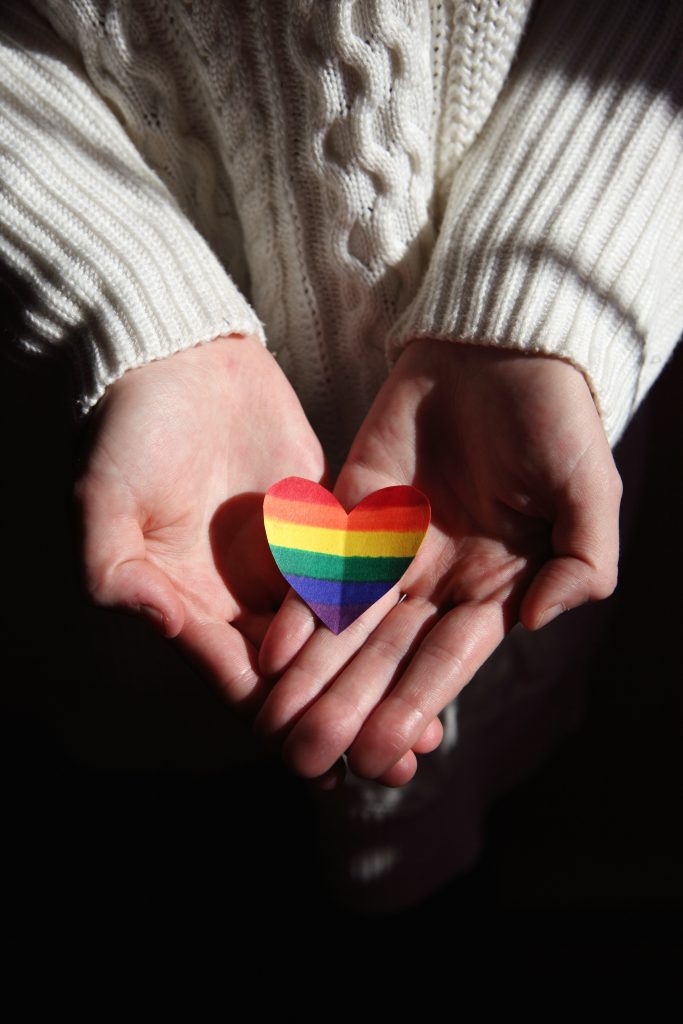
With June being Pride Month, it is a great time to continue a much-needed conversation with your kids about sexual orientations, gender identities and Pride. The Family Care Office has compiled some key tips to keep in mind when starting a conversation with your kids, along with some resources to guide you further:
Equip yourself with the facts
Before you begin speaking to your children, make sure that you have an understanding of some common LGBTQ2S+ terms. What do terms like pansexual, asexual and cisgender mean? What are the differences between sex, gender, gender identity, gender expression and sexual orientation? This blog is a great resource on the importance of knowing some facts and summarizes key terms. When you start a conversation with your kids, it’s helpful to know these terms in order to answer their inevitable questions. Moreover, gaining this knowledge will not only help you in talking to your kids more confidently and accurately but is also a great way to brush up on your understanding of what it means to LGBTQ2S+.
Start the conversation
Kids are much more receptive than what we might imagine. In this article, J. Parker Morris, a therapist who specializes in youth, family and couples counseling and LGBTQ2S+ health at the Institute for Human Identity in New York City explains, “Kids might not bring things up themselves, but they might notice and be curious about what they see out in the world.”
Watch this video to see an example of how much kids might already know about pride. In light of this, try using something that they can observe and use it as an opportunity to talk about pride and the LGBT+ community. For example, when they see Pride month posters or rainbows everywhere during Pride month, ask them if they know what it signifies to spark the conversation, then continue from there.
Keep it ongoing
It is more than likely that there will be several conversations about Pride. As your kids grow up, you will need to introduce them to the more complicated and eye-opening realities of what the LGBTQ2S+ community goes through. Moreover, it is crucial to create an environment where LGBTQ2S+ friendly topics become a part of your daily familial life, such as watching shows and reading books with LGBTQ2S+ characters. This will make sure that your kids grow up knowing that LGBTQ2S+ people should not be “othered” and that they grow up with ideals of fairness.
Resources and Other Tips
Kids develop curiosity from a young age. If there is hesitation that talking about gender identities and sexual orientations will lead to age-inappropriate discussions on sex and gender, here are some tips to discuss Pride and LGBTQ2S+ rights in an age-appropriate way:
- Keep things simple. It is not necessary to overload your kids with information in one go. Instead, explain everything to them in simple terms.
- Listen to them. Your kid might know more than you think. By waiting for them to ask questions and by letting them contribute to the conversation, you will be able gauge their level of knowledge and keep things age-appropriate for them.
- Here are some resources that may help. For example, this YouTube video is made specifically for kids to understand the meaning of Pride and the history behind it, including the Stonewall riots. This YouTube channel, called the Queer Kid Stuff, takes up different LGBTQ2S+ terms and topics and explains it all in a kid-friendly, simple way. Family Equality, a virtual educational space for LGBTQ2S+ families, has a Book Nook which allows you to sort through a comprehensive list of the best LGBTQ2S+ books for the whole family according to your child’s age.
All in all, it is important to be patient and understanding of your child’s specific level of understanding. The difficulty surrounding discussions about Pride also stems from the painful history behind it. Your kids might need some positivity from you to understand why people would be discriminated against. In the end, make sure to add the importance of solution-oriented activism. Your kids should know that whatever acceptance exists today is because of a long history of activism and that there is still a long way to go.